Many first-time cannabis growers are often fueled with passion and driven by enthusiasm, only to be met with disappointment. Newbie growers tend to make a few mistakes on their journey to raising a healthy plant child and harvesting premium cannabis. Cannabis plants require a specific set of conditions at different stages of their development to ensure the plant thrives; producing thick, sticky and flavourful flowers. It is extremely important to do a reasonable amount of research and invest in the proper equipment and genetics.
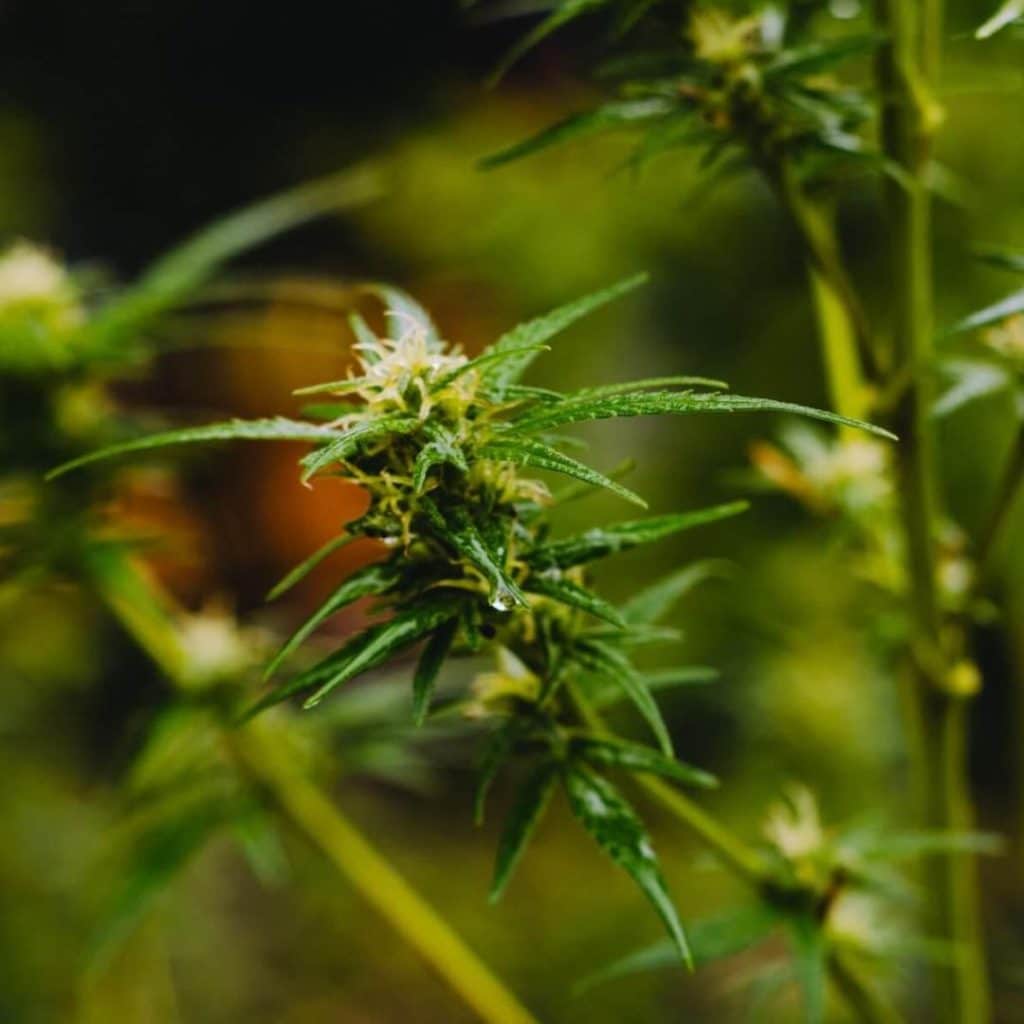
Amongst the many errors new growers might make; choosing quality genetics, overfeeding and overwatering, selecting the best grow-medium and nutrients, and keeping the pH levels in check; are the most common. Are you or someone you know new to growing cannabis? Not to worry! Cannabis is a die-hard plant known to withstand some serious conditions when grown outdoors. This list of common errors will give you the necessary know-how to spot any irregularities and decide on a plan of action to allow your plant to grow big and strong.
GENETICALLY SPEAKING
Genetics is the first book in the ganja grower’s bible, metaphorically speaking of course. The first mistake many new growers make is to decide to use bag seeds, in other words, the seeds you found in your weed stash. Genetics are more complicated than we might think, the very seed you find in your bud may not have any of the characteristics you are looking for. They come with no guarantee to produce any smokeable flowers; maybe you are lucky and end up with a quality plant bearing delicious bud. Maybe you are not and end up with a male, hermaphrodite or dud plant. Even the most experienced growers will not be able to produce A-grade herb starting with seeds with bad genetics. Always source seeds from a trusted seed bank to ensure you succeed in your new grow!
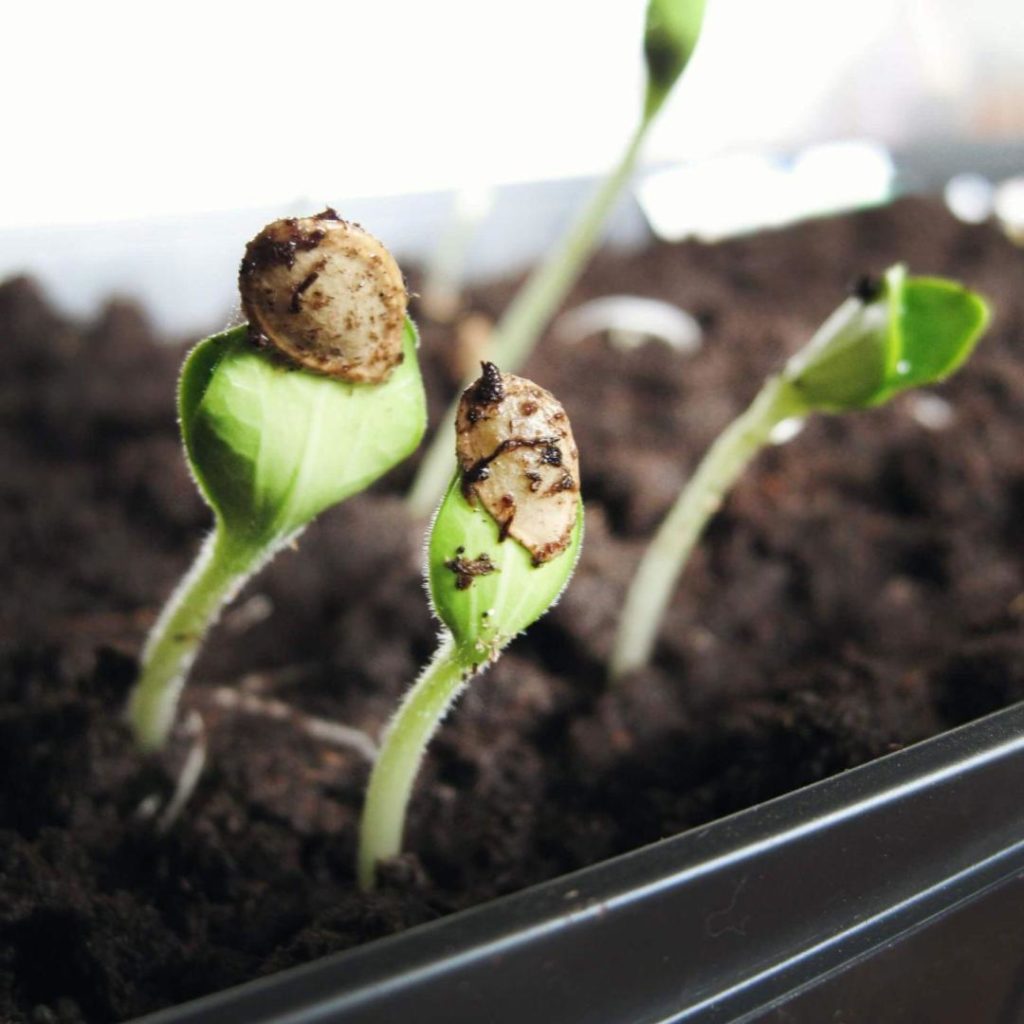
New growers who decide to invest in clones can also be troubled with poor genetics, or carry a plague of unwanted pests, mould or illness. Always source clones from a reputable supplier that is known to deliver superior quality plants with favourable genetics. Investigate prospective merchants by checking out their product reviews.
DROWNING IN YOUR LOVE
Irrigating pot plants involves more than just following the instinctual ritual of regularly watering the plants, unmonitored a ganja grow can quickly become waterlogged. Many new growers want to provide their plants with enough water, but often go overboard and end up drowning their plants. When cannabis plants are overwatered their roots are unable to get enough oxygen which is necessary for normal plant growth. Moreso, all of the important growth-promoting nutrients are washed away. Whether you are flooding your plant with too much water at a time or irrigating way too often, it is a lot easier to drown a cannabis plant than one might think.
Choosing the best growing medium is as important as choosing the right genetics. An unsuitable growing medium will be too dense or hold too much water, leaving very little space for oxygen. It is beneficial to invest in a growing medium that has been specifically formulated for cannabis cultivation, loaded with the nutrients necessary to promote plant growth. Designer grow mediums are well-aerated to ensure water and nutrients are evenly distributed amongst the root system. The formulated medium allows excess fluids to run off, giving the roots access to plenty of oxygen.
What should you consider when planning a successful watering schedule? Firstly; it is important to remember that plants require less water in colder environments than they would in a warmer or drier climate. Plan to water your plants in the morning, giving them the entire day to absorb nutrients and allow adequate sunlight for photosynthesis. When it comes to potted marijuana plants, size does matter to avoid overwatering and waterlogging. Infant plants should be started off in smaller vessels and replanted into larger ones as they grow.
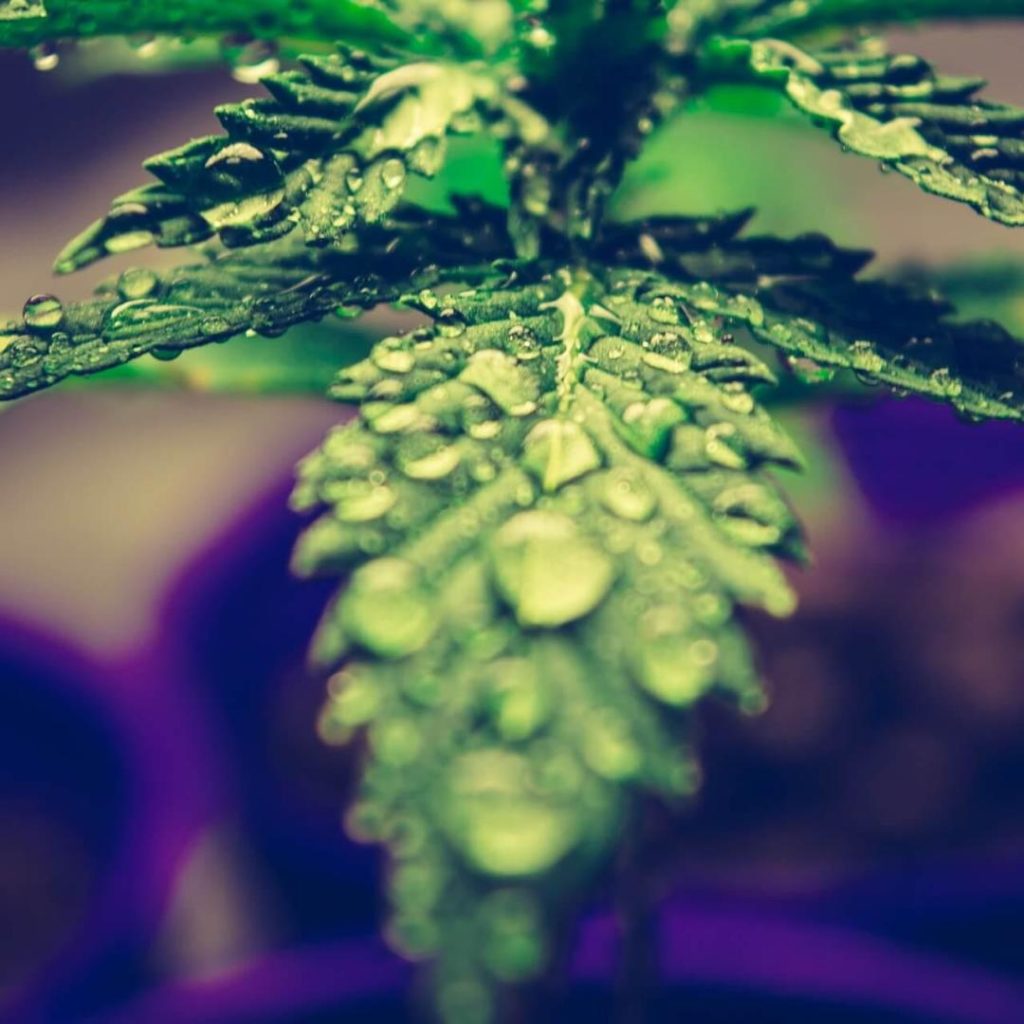
A drooping plant is the first sign you are overwatering. The leaves will also droop, curl up and develop yellow or brown spots; a condition known as chlorosis. Continued overwatering could result in the plant’s death due to oxygen starvation and nutrient deficiencies.
Once you have accepted the fact you have been overwatering your plant child you can take the restorative steps to bring it back to good health. Stop watering immediately, and reconsider your watering schedule. Monitor the moisture level of the growing medium regularly, the goal is to keep the growing environment continuously MOIST, never wet! On the other hand, plants can become dehydrated and die if you neglect to water them regularly – consider a watering schedule!
FORCE FEEDING
Many new growers tend to become helicopter parents, a custodian who takes an overprotective or imprudent interest in their child’s every movement. And why wouldn’t you? You are investing all the time and energy into your beautiful plant child and its wellbeing. Newbies tend to overanalyze every small change on their plant, they start panicking and make hasty decisions to rectify a problem that might not exist. Or perhaps the promise of an even bigger yield has motivated the gluttonous decision to overfeed your plants. Beware of force-feeding, the overload will disrupt the water flow and cause a nutrient burn.
There is, what seems like, a never-ending list of manufacturers and suppliers of nutrients, each promising a yield bigger than the one before. Do the research and talk to established growers in your community before deciding on the best brand for you. A reputable company will provide you with a full nutrient plan that has the specific nutrients needed for each stage of your plant child’s development. Along with a prescribed feeding schedule that explains the what, when and why. Start your plant’s feeding schedule with half the suggested amount of nutrients, and slowly increase the concentration as your plant grows up.
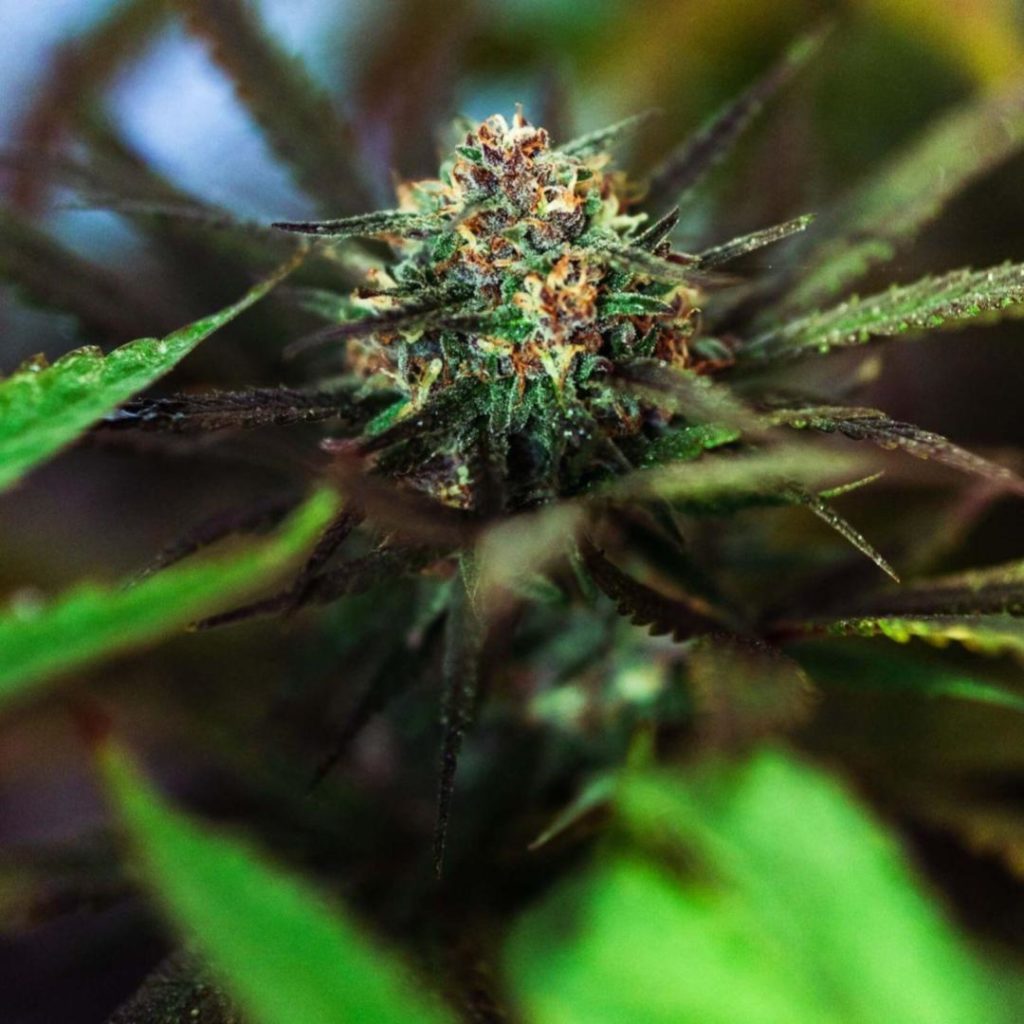
Be on the lookout for nutrient burn, it can creep in at any time even if you have been sticking to a strict diet plan. You will start noticing the leaves yellowing or browning all around the edges. If left untreated, the discolouration will start spreading inwards causing the leaves to die leaving them twisted and crispy. It is important to act as soon as you realized you have been force-feeding your plant child.
The first step to address nutrient burn is to remove the dead and dying leaves. It might seem sad to pluck your plant bare, but you don’t want the dying leaves to use any energy your plant could use to heal and continue growing. The next step is to flush the grow medium to get rid of the excess nutrients by deliberately over-irrigating with pH-balanced water. Once most of the water has run off, repeat the process three to five times depending on the extent of the damage.
MAINTAINING BALANCE
Most new growers have no idea how important it is to maintain the pH level of the grow medium housing their plant child. Never mind the importance of a balanced pH level for the health and development of their plant child. A pH test measures the relative amount of free hydrogen and hydroxyl ions in a substance, in order to determine how acidic or basic (not acidic) it is. The scale ranges from 0 to 14, with 7 indicating neutrality. A pH below 7 indicates acidity, whereas a pH greater than 7 indicates a base.
pH affects the bioavailability of the nutrients you are feeding your plants and ultimately affects the quality and size of your harvest. Depending on the grow medium, cannabis generally thrive on a pH ranging between 6 and 7. When the pH shifts below or above this scope the plant will not be able to absorb nutrients. In case you have not been checking the pH of your grow; sticky and discoloured leaves are a clear indicator that the pH is not what it should be, and needs adjusting.
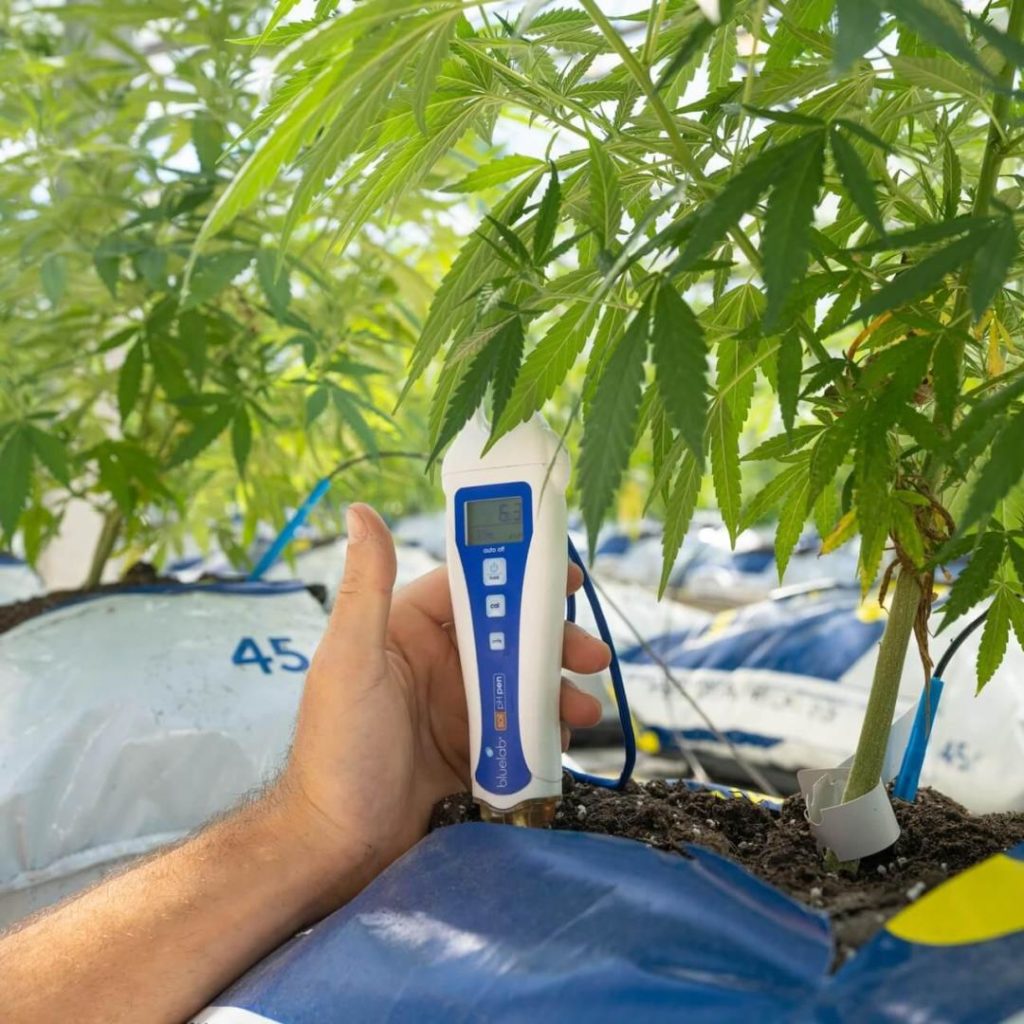
It is important to make a habit of regularly testing the runoff water when you have watered or fed your plant. Most serious ganja growers use a Digital pH Pen to determine accurate pH readings, the alternative is an analogue test involving drops and strips. Once you have determined the pH, you can take action to restore the balance. Most cannabis grow supply stores sell formulated solutions to either increase or decrease the pH. Just like when choosing a genetics distributor or nutrient producer, finding a reputable supplier is key. Growers who prefer to stick to organic growing can use manure, compost, worm castings, compost tea or wood shavings to naturally lower the pH over time.
Using these natural products has the added advantage of establishing a favourable microbial that promotes healthy growth and offers protection against pathogens and pests. Limestone or ash collected from a wood fire offers a natural remedy to gradually increase pH and contributes potassium, calcium, and other micronutrients to your growing medium.
LIGHT OF YOUR LIFE
New growers are often not clued-up on the lighting requirements for cannabis plants, they need plenty of sunlight for optimal growth and development. Some newbies are under the impression that cannabis plants have similar sunlight needs to other potted plants. Condemning their plant children to shadowy windowsills. Or they rely on the light from a single incandescent bulb in a nearby fitting. Other, more enthusiastic, growers already own adequate lighting but have no idea how or where to position it.
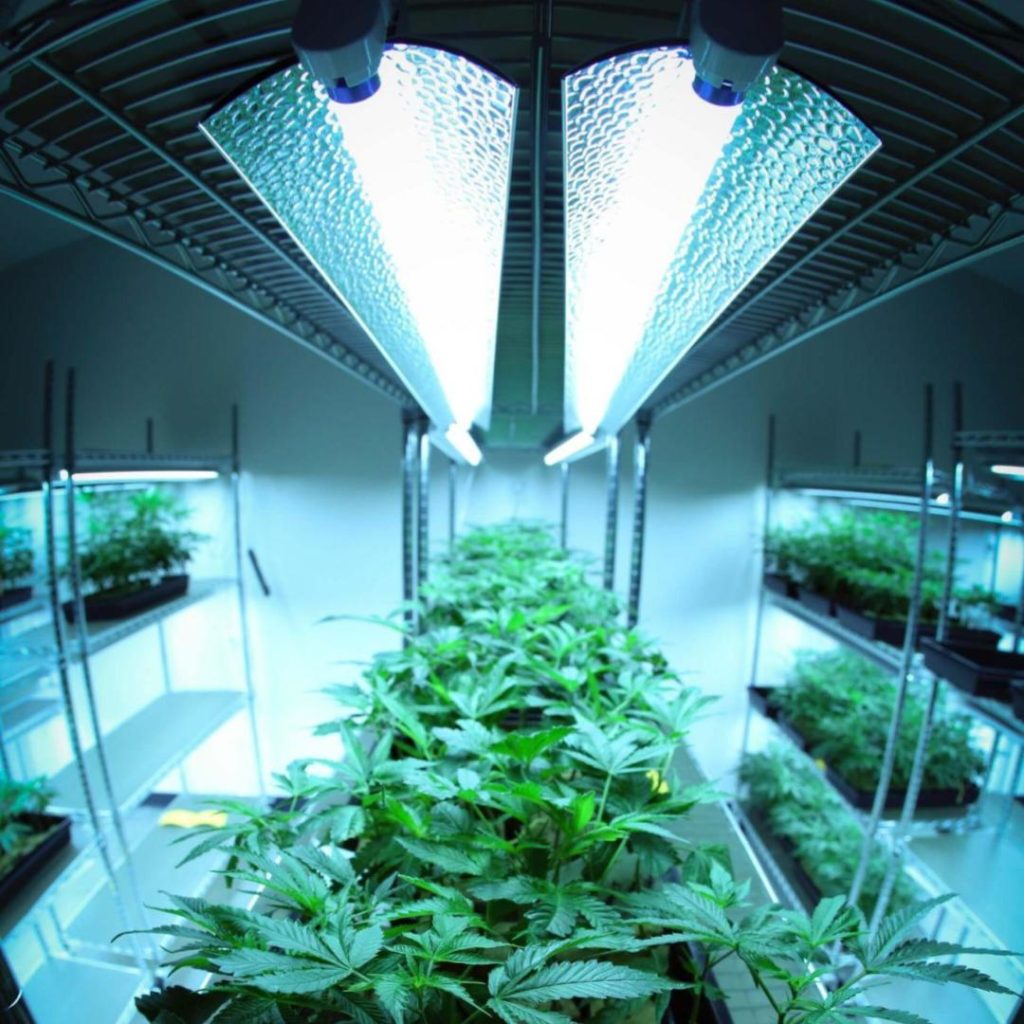
The success of an indoor grow relies on more than just the type of lighting. The grow light has to be strategically placed, closely monitored and adjusted when necessary. Grow lights are available from many reputable companies and come in different shapes and sizes. These are generally accompanied by a guide advising on the suggested positioning for each stage of the plant’s development. If you have not yet, we suggest investing in a premium LED grow light capable of delivering high light levels without generating excessive heat.
Keep a close eye on your plant child for signs of being stressed. Marijuana plants will show signs of burn damage on their leaves when the grow-light is positioned too close. Additionally, the excess heat will cause the plant to take in more water, including nutrients, which could cause a nutrient burn. When the grow light is insufficient or positioned too far away; the plant will spend a lot of energy growing towards the light, instead of developing structural integrity. The thin elongated trunk will be too weak to support the weight of the plant.
Now that you know what to look out for in your developing plant child, you are able to act immediately when you identify any symptoms associated with any of the five common mistakes new growers make. If you act quickly and are able to make an informed decision you may be able to stop the stress; giving the plant an opportunity to heal and restore itself. Good luck with your home grow and remember to have fun!








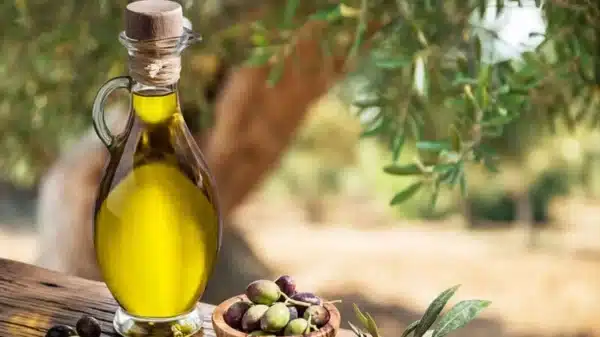



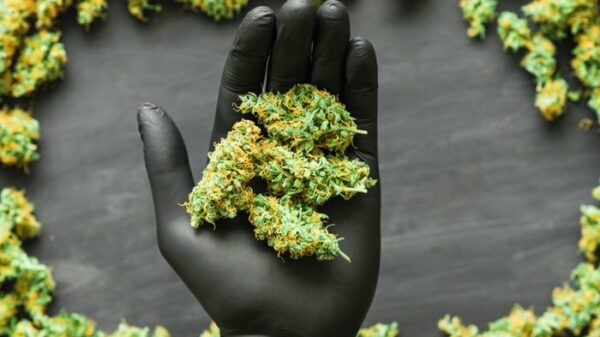
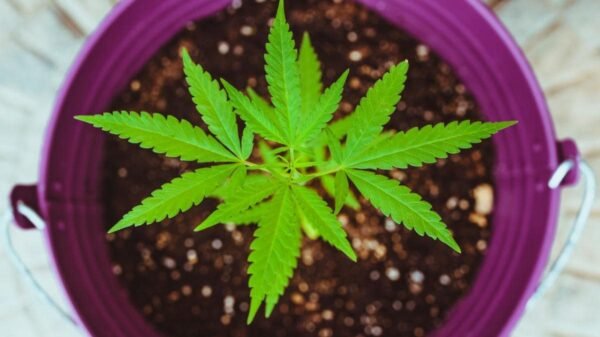

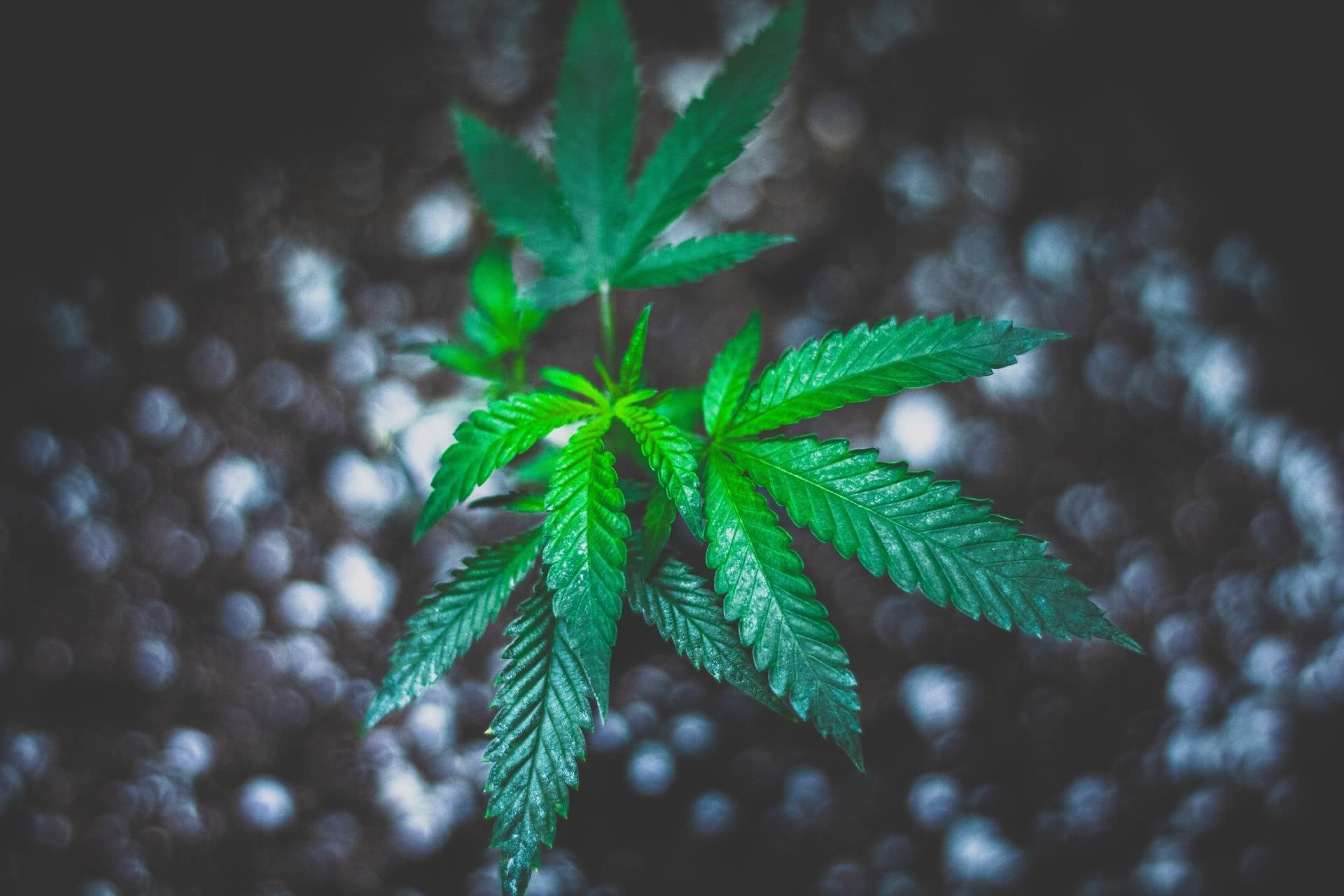







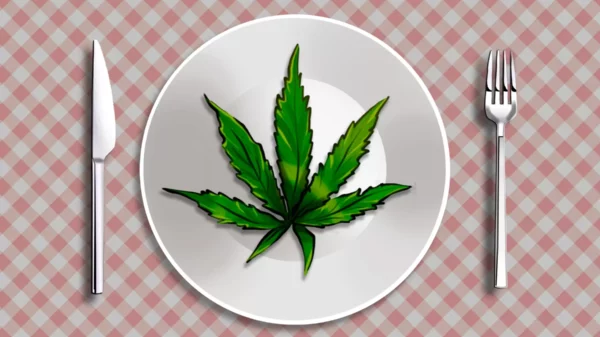

Pingback: Sustainable Growing Practices for Environmentally Friendly Ganja Growers
Pingback: Growing Marijuana At Home VS Buying In A Dispensary: What To Choose? - Stoned Citizen